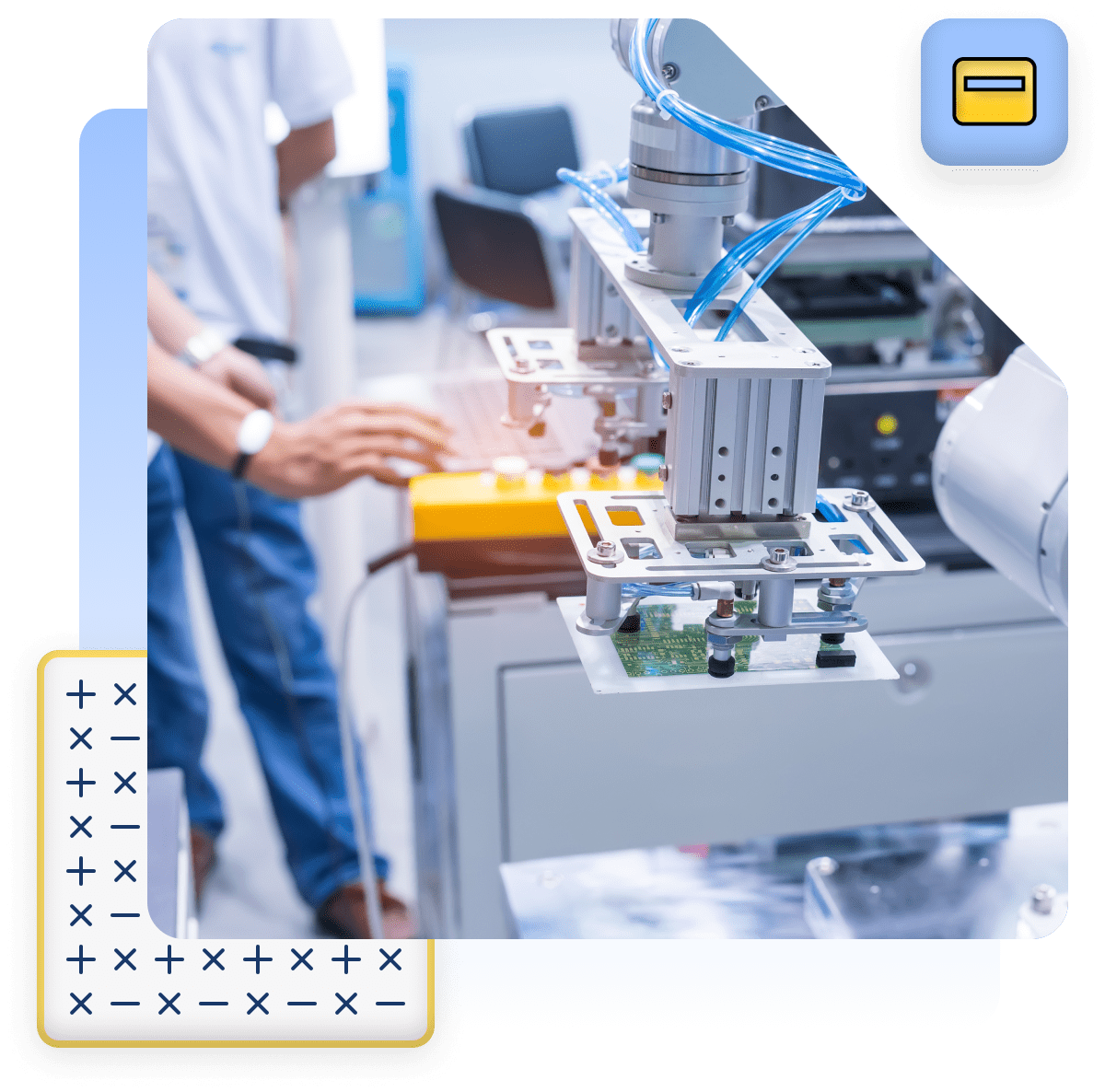We really enjoyed working with Veritax Advisors; they provided us with significant value. We particularly appreciated that they inspected our property to get first-hand evidence of equipment and infrastructure.
Qualifying Companies
The R&D tax credit isn’t just for high-tech manufacturers or medical researchers. More companies qualify for the credit than you think, including those in the business of product development.
Do you run a company that invests significant resources to design and build parts, equipment, or infrastructure according to customer specifications? In many cases, if a risk of loss exists relating to the designs, those costs may also qualify for the credit.
Qualifying companies include:
- Aerospace & defense
- Chemicals & plastic
- Construction & engineering
- Foodservice & processing
- Life sciences, including pharmaceutical & medical sciences
- Manufacturing
- Semiconductor
- Software
- Many others, including oil, gas, and telecom
Qualifying Expenses
Expenses that qualify for the R&D tax credit can include:
- Payroll (includes Box 1, W-2 wages for all employees involved in the research, including supervisory and support staff)
- Supplies consumed in the process
- Certain subcontractor expenses
Qualifier 1: Process of Experimentation
To qualify for an R&D tax credit, a company must be able to demonstrate that a process was used to evaluate alternatives to achieve the desired result. This could be through modeling, simulation, systematic trial and error, or other methods.
For instance, a pharmaceutical company may use a series of trials to find the best chemical formula for a new drug, or a software developer might run A/B tests to assess user experience.
Qualifier 2: Technological in Nature
The process of experimentation described above must rely on hard sciences and data. This part of the test is formally referred to by the IRS as the “Discovering Technological Information Test.”
The IRS states that “In order to satisfy the technological in nature requirement for qualified research, the process of experimentation used to discover information must fundamentally rely on principles of the physical or biological sciences, engineering, or computer science. A taxpayer may employ existing technologies and may rely on existing principles of the physical or biological sciences, engineering, or computer science to satisfy this requirement.”
What does this mean? You don’t qualify for an R&D credit just because you sent out a poll about your product.
Qualifier 3: Qualified Purpose
The qualified purpose requirement, also known as the Business Component Test, requires businesses to show that they conducted the research in order to create a new or improved product or process.
For companies seeking to improve an existing product, the goal of the research should be to increase performance, function, reliability, or quality.
The IRS defines a business component as any product, process, computer software, technique, formula, or invention, which is to be held for sale, lease, license, or used in a trade or business of the taxpayer.
Many companies attempt to qualify for the R&D credit for their general research and experimentation work, but the IRS requires taxpayers to tie the research to a specific business component.
Qualifier 4: Uncertainty
Was the research conducted to determine if the new product or process would be feasible for future development, and how?
If the answer is yes, it likely satisfies this portion of the four-part test.
The IRS states that federal research and development tax credits and costs qualify “if they are for activities intended to discover information that would eliminate uncertainty concerning the development or improvement of a product. Uncertainty exists if the information available to the taxpayer does not establish the capability or method for developing or improving the product or the appropriate design of the product.”
In other words, a company can’t claim a research tax credit for their work developing a product they know without a doubt will be successful.








